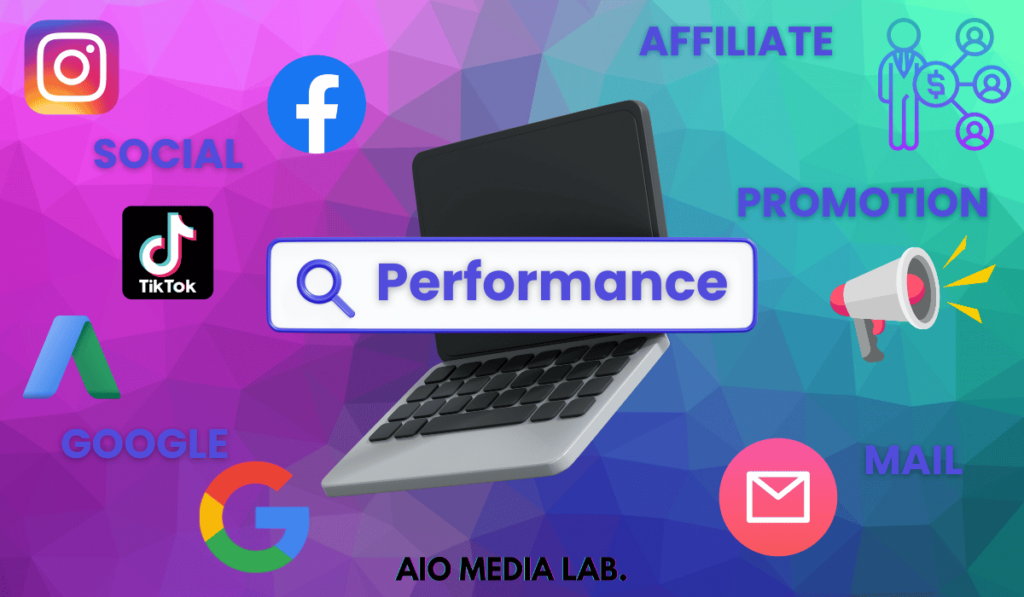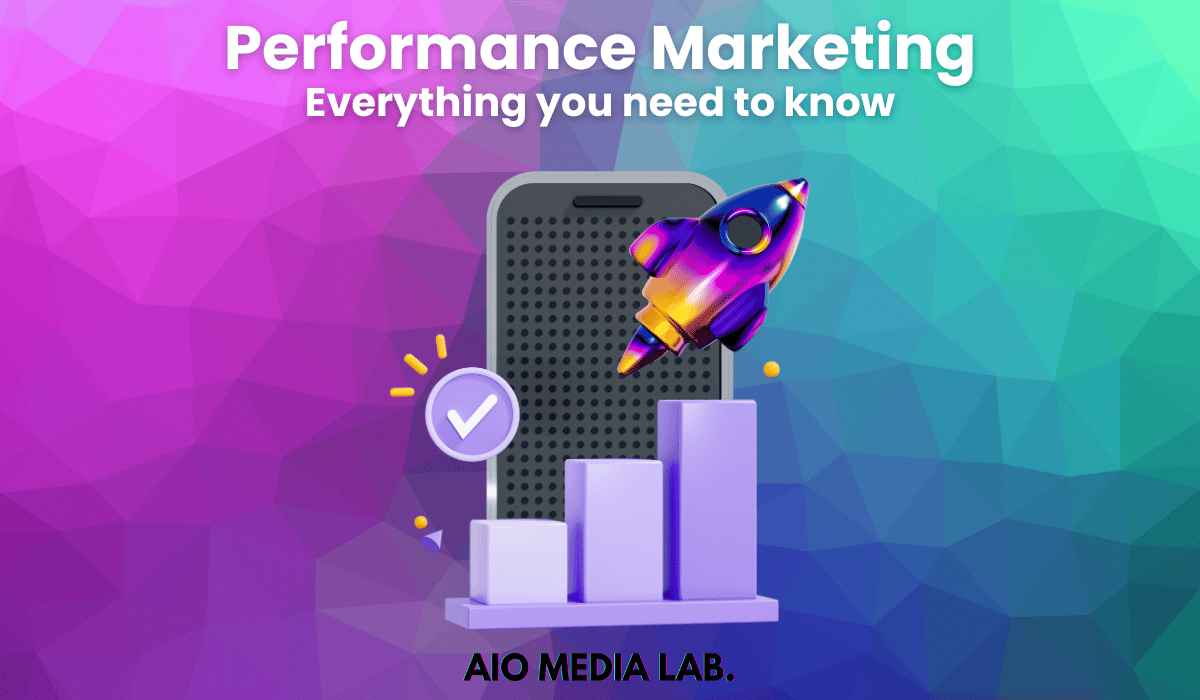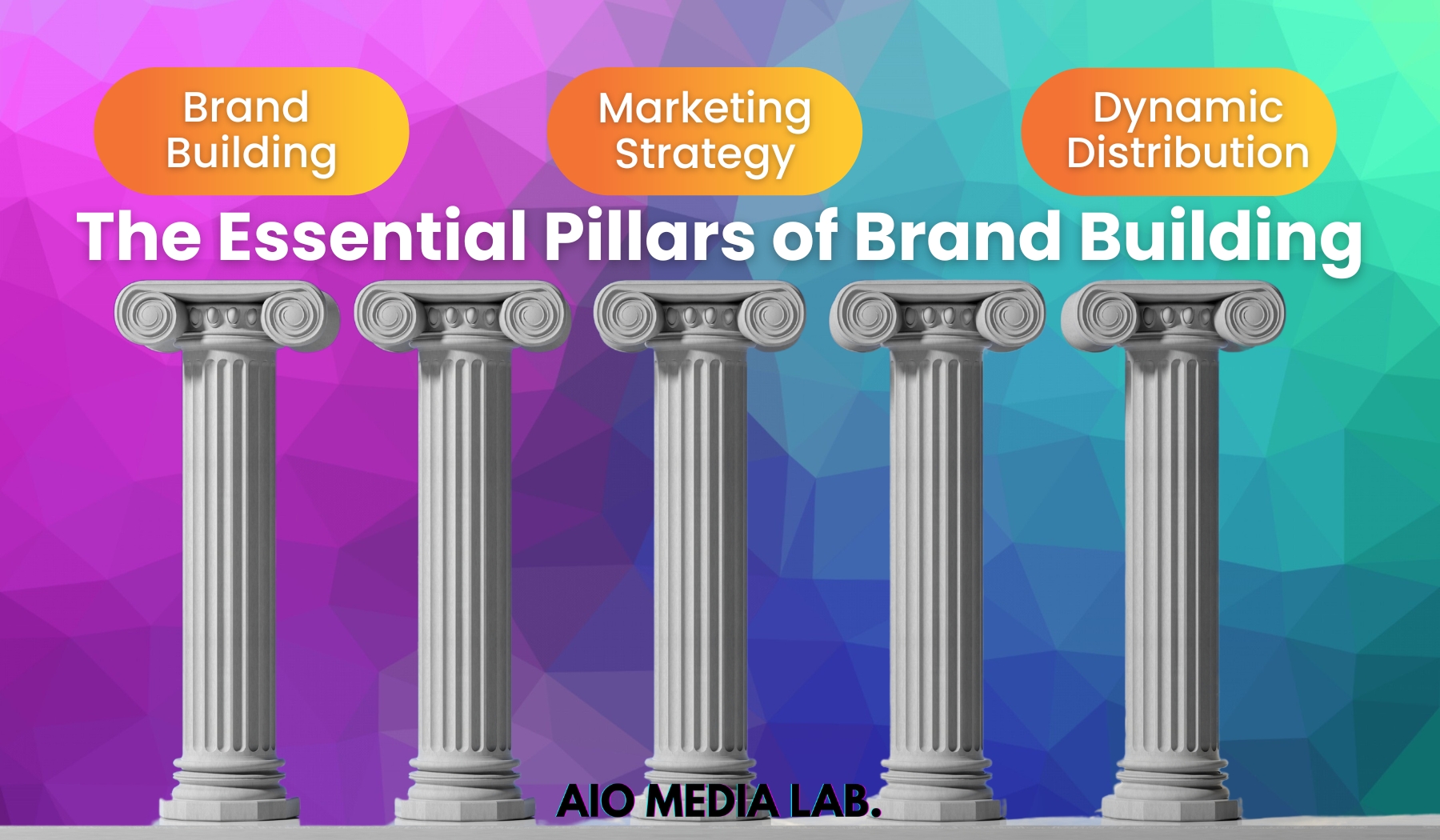In today’s dynamic digital landscape, businesses are increasingly turning to performance marketing as a strategic approach to achieve tangible and measurable results. Performance marketing is not just a modern orientation; it’s a tactic that prioritizes outcomes over outputs. This blog post delves into the intricate details of performance marketing, shedding light on its nuanced definition, diverse channels, the critical importance of optimization, the myriad advantages and limited disadvantages, and the nuanced goals based on business types.
Performance Marketing as it stands is nevertheless a form of marketing no business should sleep on.
1. Definition of Performance Marketing
Performance marketing is an outcome-oriented strategy that goes beyond traditional advertising. Unlike traditional methods where brand awareness is the primary goal, performance marketing focuses on specific actions from each user. Advertisers target a predefined action, such as a purchase, click or lead, and normaly pay when such action occurs. This approach places a premium on accountability, allowing businesses to allocate resources more efficiently and measure the actual impact of their marketing efforts in real terms.
2. Different Channels for Performance Marketing
Understanding the diverse channels within performance marketing is essential for crafting effective campaigns and finding the right marketing mix. Social media advertising offers precise audience targeting and engagement metrics through creatives and emotions. Google Ads provide a powerful platform for search-based advertising in google search results, display marketing or video, while E-Mail marketing and Affiliate marketing offer direct pathways to conversions. This strategic mix ensures that businesses can reach their audience, where they are most receptive, with the ability to analyze and optimize each channel individually. Of course there are more possibilites to advertise in performance marketing such as in-app-advertising, banner advertising or promotions.

3. Optimization and Key Measures
Effective performance marketing extends beyond initial setup; it requires continuous refinement based on key measures. Return on Ad Spend (ROAS) gauges the revenue generated against advertising costs, providing a clear picture of profitability. Cost Per Click (CPC) and Cost Per Acquisition (CPA) help manage budget allocations. Clicks and Impressions measure campaign reach, while Conversion Rate (CVR) reflects the percentage of visitors turning into customers. Ongoing optimization involves adjusting campaigns based on real-time data, ensuring that marketing efforts are always aligned with business objectives.
4. Advantages and Disadvantages of Performance Marketing
Advantages:
a. Measurable Results: Every aspect of a performance marketing campaign is quantifiable, providing a transparent view of the return on investment.
b. Cost-Efficiency: Advertisers only pay for actual results, eliminating wasted budget on ineffective strategies.
c. Targeted Advertising: Precision in audience targeting enhances the relevance of campaigns, increasing the likelihood of conversion.
d. Real-time Adjustments: The ability to monitor and adjust campaigns in real time allows for immediate responses to changing market conditions.
e. Enhanced ROI: Performance marketing, when executed effectively, consistently delivers a higher return on investment compared to traditional methods.
Disadvantages:
a. Initial Setup Complexity: Setting up a performance marketing campaign requires careful planning and technical expertise, potentially posing a challenge for beginners.
b. Overreliance on Digital Platforms: Depending solely on digital platforms may limit the reach of campaigns, necessitating a balanced approach for broader market coverage.
Conclusion: The advantages of performance marketing, rooted in measurability and efficiency, make it an indispensable strategy for businesses across industries. By leveraging the power of data-driven insights and ongoing optimization, businesses can navigate the complexities of the digital landscape with confidence and achieve sustained success.
With that said it’s crucial for a business to work with experts in-house or partnered agencies to maximize results for their business online.
5. Goal of Successful Performance Marketing
The crux of successful performance marketing lies in tailoring objectives to the unique needs of the business. For E-commerce, achieving a positive ROAS and maximizing sales is paramount. Local businesses thrive on increased clicks, leads, and impressions, bolstering their local presence. B2B enterprises, in contrast, focus on generating high-quality leads that translate into successful partnerships. A holistic approach that combines a well-crafted marketing mix, continuous optimization, and precise measurement ensures that businesses not only reach their goals but exceed them in the ever-evolving digital ecosystem.
Side-Fact: Coincidence in marketing. While spending time, effort and a budget on performance marketing, it can be underlined that there always is a overlap in marketing efforts. A business that uses multiple marketing strategies online- and offline will always gain indirect reach from each and another.
If you need support in Performance Marketing, leave us a message and let’s see how our team can help your business.







